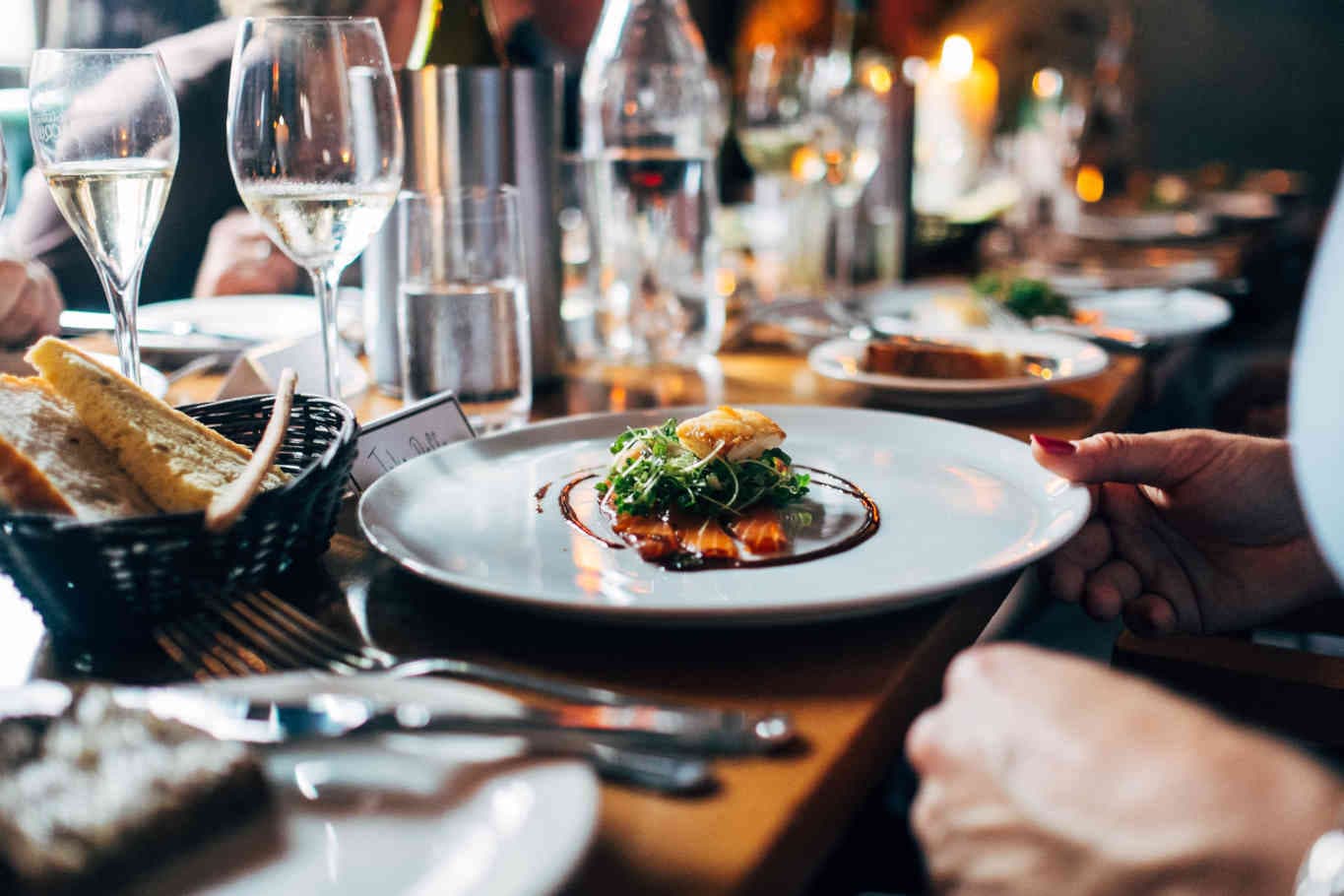Anyone in the restaurant space knows that sustainable restaurants have the industry buzzing. Sustainability isn’t new news, but recent findings have allowed this green movement to evolve and make room for further optimization. To add context, sustainability in the 1970’s meant raising global consciousness of issues brought forward by unchecked development of the environment. It was strictly about awareness and planning.
Sustainable Restaurant Practices for 2024
By comparison, an estimated 25-40% of food which is grown, processed, and transported in the US will never be consumed. The modern sustainability mission is focused on reducing that number to zero. Modern sustainability practices allow us to track our individual food waste footprints on a much more granular level. Today’s chefs, distributors, restaurateurs, and operation managers are empowered to take action in reducing the estimated 70 billion pounds of food wasted in the US alone each year. Where can you start? Here are 3 simple ways to promote sustainability in your restaurant and make a difference in your community.
The Key to Running a Sustainable Restaurant:
- Buy Local
Ordering as many products as you can through local suppliers will prove beneficial to your restaurant. It will cut back on fuel and C02 emissions inherent with food and beverage logistics, transporting products from distant distributors. It also puts you on the map to be approached by local suppliers. This opens the door for strategic partnerships and discounts from people you can have a face-to-face relationship with.
Recommended Reading: How to Effectively Manage Restaurant Inventory
Speaking of discounts, buying in bulk (especially in peak season) is a great way to cut down costs and build a relationship with your supplier. That said, bulk purchasing requires a certain degree of planning and strategy. Whether it be freezing, vacuum sealing, or drying; it’s important to have a game plan to keep your menu items fresh when you have enough stock to last for months.

Buying local also shows your customers you’re actively investing in the community. On average, spending $100 at a local business means $68 stays in your community, as opposed to only $48 when buying non-local. Engaging locally means your restaurant is on its way to becoming a sustainable powerhouse.
2. Provide Your Customers with Goodwill
Your customers want to experience the altruistic feeling of doing their part to help the environment. With a little branding, your restaurant can deliver both delicious food and the feeling of accomplishment. The following is a list of green restaurants who have developed sustainability initiatives to appeal to their customers and gained great press in the progress:
- Evos: They plant 52 acres of trees every year and make their gift cards, cups, and bags out of biodegradable material.
- Souplantation: Their composting program has made drastic cutbacks to waste and landed them the title “Nation’s Largest Green Restaurant Chain”.
- Slapfish: This seafood hotspot is famous for routinely consulting the nearby Aquarium to the Pacific for menu suggestions and best practices.
Recommended Reading: Restaurant Survey: Are you serving a meal or an experience?
Each of these restaurants were able to turn a waste-reducing initiative into a marketing opportunity to drive traffic. Find a way to divert waste from your local landfill or repurpose ingredients that didn’t make it off the shelf into a stock. Food waste initiatives are commonplace among restaurants now, it’s up to you to be a thought-leader in your community.
3. Get Your Staff Involved
Your restaurant employees are your greatest asset in combating food waste in your kitchen. Engaging your staff in the mission to build a more sustainable restaurant is the most efficient way to track successes and failures in a food waste prevention plan. They are spending face-to-face time with your customers, and if they exude your passion for sustainability, then your customers will be eager to support your efforts. It trickles down from leadership.
Explaining daily specials are a fantastic opportunity to implement your sustainability pitch. Use this time to explain to your customers that your menu is built around sustainability and seasonality. This demonstrates thought leadership to your community and keeps your customers in the loop as you attempt to reach zero waste in your kitchen. Train your team to track and analyze how much waste you put out on average every day, week, and month. This will allow for easy comparison when you start to see the results of your waste prevention plans. There are several inventory management tech solutions which make all the difference for waste coming out of your kitchen.
BlueCart, an online/mobile ordering and inventory platform, recently ran a survey with their users and found on average they reduced waste by over 50%. By keeping yourself and your team educated about inefficiencies in your ordering methods, you’re able to reduce waste by ordering more intelligently.
Most importantly, remember no one loses this competition to be sustainable. This is less about dollars and cents and more about investing in your community and the future of waste reduction.
7shifts is a restaurant scheduling software for those that want to get 80% of their time back & save 4% on labor. Sign up here for a free 14-day trial!

Will Harmon, Author
Will Harmon
Author
Will Harmon was an associate at BlueCart, an ordering, inventory, and operations platform for the hospitality industry. He loves learning about procurement practices and the latest restaurant trends.
